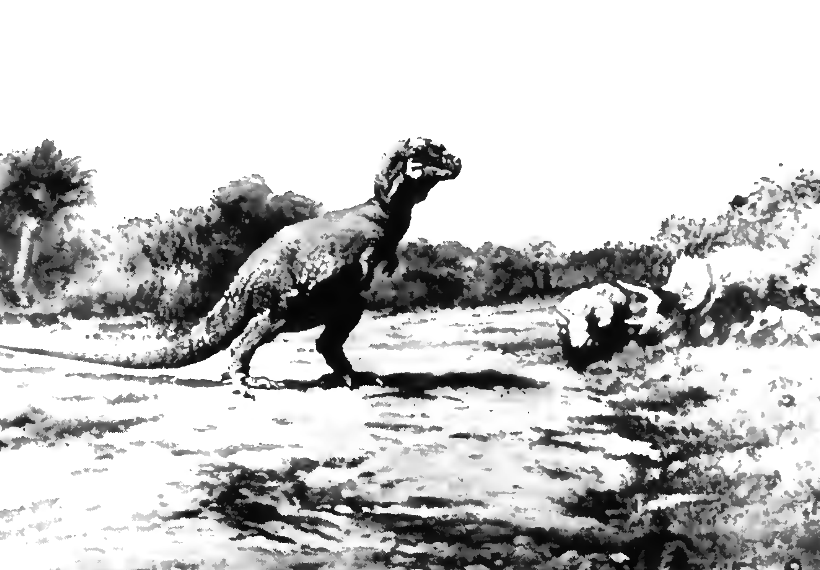<![CDATA[Ever since a hiker discovered a set of dinosaur footprints in Utah in 2009, scientists have kept the location of the area secret. Now, according to reports, the tracks' location will be made public within a few months. Scientists have found over two hundred of these tracks, and there was even a case where seventeen consecutive footprints by the same dinosaur were discovered. The tracks have been dated back to about 125 million years ago. The scientists hail from the University of Colorado in Denver and are being helped out by a group of volunteers. Found near the town of Moab, these tracks originated from the Cretaceous period, which lasted from about 145 million years ago to 66 million years ago. The cretaceous period immediately followed the Jurassic period, and was characterized by warm climates and high sea levels. At that time, dinosaurs roamed the earth and many new mammals and birds started to evolve. This geological period came to a sudden end following the Cretaceous-Palaeogene extinction event, where most of the planet's dinosaurs were wiped out. The tracks are thought to belong to at least two different creatures: the Utahraptor and a prehistoric crocodile. The Utahraptor was the largest raptor on Earth. The biggest of this species are thought to have reached heights of up to 7 m (23 feet), and as much as 500 kg (1,100 lb) in weight. Coincidentally, the first specimen of Utahraptor was discovered in the town of Moab, by Jim Jensen in 1975, but did not receive much attention at the time. Nearly 20 years later, a large foot-claw was found by Carl Limoni, and later in the year the rest of the Utahraptor was found within the Yellow Cat and Poison Strip sections of the Cedar Mountains. The prehistoric crocodile was identified by the dragging tail markings that it left behind. The team of volunteers and scientists are working to take as many pictures and scan as much of the area as possible before it is opened to the public. Interestingly, neither the scientists nor the volunteers have found any bones of the creatures since the discovery of the footprints five years ago, adding to the mystery surrounding the area. Some of the scientists working on the project argue that working on dinosaur tracks can be more important than working on their bones. Tracks give a better glimpse into how the dinosaurs moved and behaved, whereas fossils can only reveal how the dinosaurs may have looked. The volunteers are now cleaning the tracks so that they can be documented with 3D photography. They need to do this ahead of the area being opened to the public, to prevent the tracks being destroyed before the scientists are able to replicate them. With the 3D replicas, it will be possible to study the tracks without any damage being done to them. Utah's Bureau of Land Management has uncovered many rare dinosaur tracks and bones in the past, and hopes to find more prehistoric material to give a clearer view of how North America looked when dinosaurs roamed the earth. They are currently raising funds to build a trail to the dinosaur tracks, and hope to have the site opened to the public by October. ]]>
125 Million Year Old Dinosaur Tracks to Be Made Public
